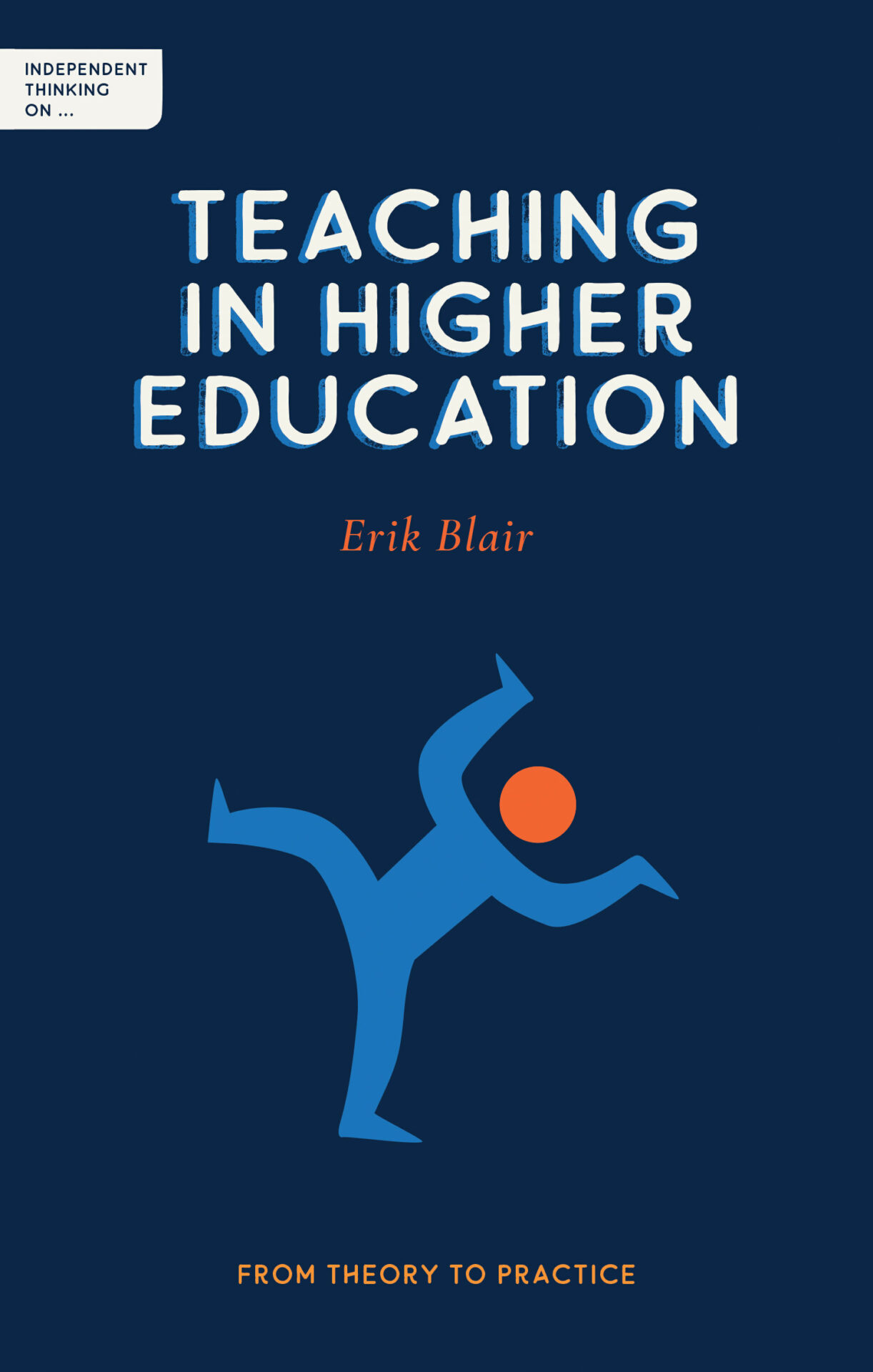Goodbye stuffy lectures, hello modern teaching methods in higher education

A major blindspot in higher education (#HE) is recognising the difference between knowledge and understanding.
When beginning a teaching career in HE, many lecturers take a content-led approach. However, by focusing on knowledge retention, they can become overly focused on telling rather than teaching. The trouble with simply seeing learning as a list of information to be remembered is that effective learning involves understanding, and to support this teachers need to make sure that their students are involved in active learning so that they might assimilate the content.
In his new book Independent Thinking on Teaching in Higher Education, Dr Erik Blair, Senior Lecturer in Higher Education Research and Practice at the University of West London, says:
“although the content-led approach might be time efficient – in that teachers can ensure that everything on the curriculum has been transferred to the students, unless they are guided to understand this new information, there is a chance that everyone’s time has, in fact, been wasted.”
“It is important to think about what we want our students to know, but we also need to consider the processes of learning and of making sense of new material.”
“Engagement means being involved and interested. If we move beyond thinking about learning as ‘stuff to be remembered’ we can support students much better.”
 The book is divided into five chapters which explore specific aspects of teaching in higher education:
The book is divided into five chapters which explore specific aspects of teaching in higher education:
- The first chapter investigates the nature of higher education – focusing on what we might consider to be the role and function of higher education and the task of teaching within such an environment.
- Chapter 2 examines the structure of higher education – particularly the structure of teaching – and includes an excellent section on how to accommodate more distance learning whilst maintaining levels of engagement and understanding.
- Chapter 3 offers insight into the various ways that information flows around the teaching environment and how we can map this flow to better support student engagement and interaction.
- Chapter 4 focuses on using observation as a tool for teaching enhancement and emphasises that this can be done in a collegial and developmental way.
- Finally, Chapter 5 highlights the role of reflection and reflective practice – exploring how this is best done in a balanced and structured manner.
It is this emphasis on teaching as an act of doing that is at the heart of the book. The focus is on how we take complicated ideas, theories and concepts and organise them in such a way that they are accessible (and useful) to students – that is, teaching in higher education as a fundamentally person-centred activity.
This means moving beyond the old transactional model, where a teacher passes on knowledge to their students in exchange for their interest and awe. Instead, we need to shift to a new paradigm where engagement, excitement, discovery and analysis are placed at the centre of the learning experience.
Independent Thinking on Teaching in Higher Education is one of a number of books in the Independent Thinking On … series from the award-winning Independent Thinking Press, an imprint of Crown House Publishing.
About the author: Dr Erik Blair is Senior Lecturer in Higher Education Research and Practice at the University of West London. He has been an educator for over 20 years and has taught in universities in the UK and overseas, and is passionate about enhancing engagement and interaction within the teaching and learning environment.












Responses